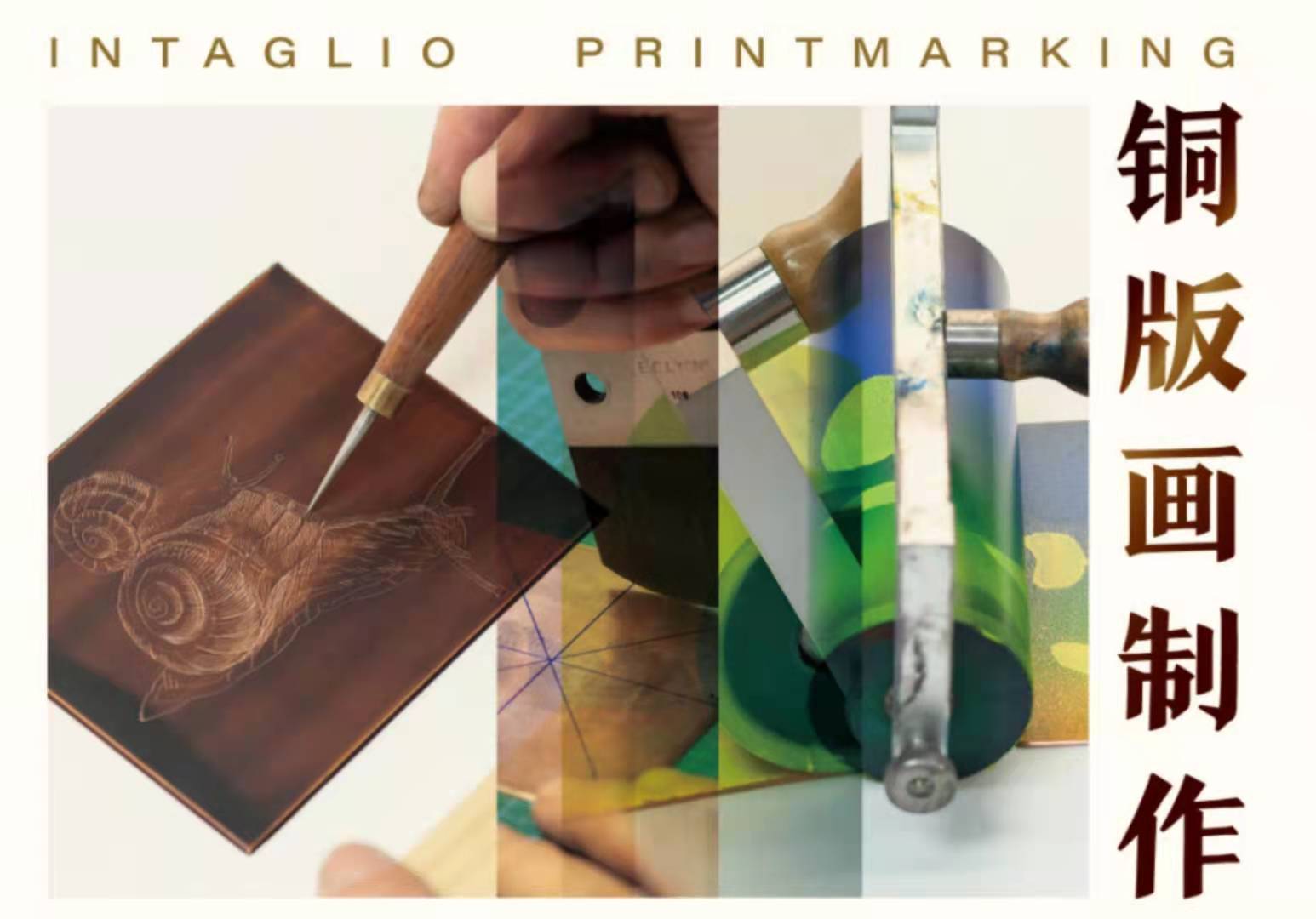
当前课程知识点:Production Engineering > Chapter 2 Inflow Performance Relationship > 2.2 Vogel's IPR and Applications > 2.2.1 Vogel's IPR Equation
返回《Production Engineering》慕课在线视频课程列表
返回《Production Engineering》慕课在线视频列表
同学们好
从本节开始
我们介绍油气两相渗流的流入动态
首先我们介绍经典的Vogel方程和Vogel曲线
在介绍Vogel方程之前 我们先来看一下
如何采用计算法来确定油气两相的渗流IPR
根据达西定律 我们知道
油井的产量写成与压力梯度的关系
是这样的一种形式
如果转换成地面原油条件下的产量
可以写成这样的一个公式 在这个公式当中
我们知道 如果地层压力低于了饱和压力
那么就意味着
在整个的储层当中流动的是油气两相
也就是说是一个典型的溶解气驱油藏
那么这个时候
如果去求解油井的产量 如何来求解呢
我们将原油的相对渗透率的定义
代入到这个方程
并且进行分离变量 我们可以得到
这边是一个按区域的积分
右侧是按压力的一个积分
我们注意到 在按压力的积分式子里面
相对渗透率
原油的粘度和体积系数是与压力相关的参数
是不能提到积分外面的 因此我们获得了
在油气两相渗流条件之下的
原油产量的计算公式
那么在这个计算公式当中 我们知道
如果想获得原油的产量 计算出这个积分的话
首先我们得把渗透率 粘度 体积系数
与压力的关系表达清楚
我们知道渗透率是饱和度的函数
而饱和度与原油的PVT物性相关
同时原油的粘度也是跟温度压力相关的
我们可以看出 如果利用计算的方法
来确定油气两相的流入动态关系的话
是十分繁琐的
那么有没有一个比较简化的方法
来解决这个问题呢
这就是我们所介绍的Vogel方程
Vogel在1968年进行了一项研究工作
他经过一系列的假设条件之后
进行了油井的数值模拟的研究
这些假设条件
我们可以归结为一句话
就是所谓的 理想条件
也就是说Vogel所做的数值模拟的工作
以及提出来的Vogel方程
是基于理想条件之下
得到的这样一个规律 是一个什么样的规律呢
我们来看 通过数值模拟的研究
得到了不同的开采程度情况之下
流压跟产量之间的关系
这样的一系列的曲线有什么样的特点呢
我们看一下
和我们前面所介绍的
单相流动的线性关系相比的话
溶解气驱的两相流动情况之下的流动压力
跟产量之间是一个弯曲的曲线
那么这条弯曲的曲线表明 随着流压的降低
地层中析出的气体越多
原油相对的渗透率就越小
那么它的渗流阻力越大
所以它的产量就越低
那么这条曲线就是向下弯曲的
随着开采程度的不断提高
地层的压力在下降
气体越来越多 它的产量也就下降的越快
因此这是一系列向下弯曲的曲线
那么这些曲线有没有共同的特点呢
我们可以看到
每一条曲线都应该是一个二次曲线的形式
Vogel对这一系列的曲线进行了变化
那么这个变化
就是采取了工程上经常采用的无因次化的方法
如何无因次化的呢
就是将纵坐标每一个值
分别的比上它的当前地层压力
对于横坐标每一个值比上它当前的最大产量
也就是说
将每一个开采程度之下的曲线上的每个点
横坐标进行一个处理 比上它的最大产量
纵坐标进行处理 比上它的地层压力
每一条曲线
分别的比它的地层压力和最大的产量
这样得到了一个无因次情况之下的曲线
那么这样的一些曲线 在这个无因次的坐标轴下
我们发现它的重合度是非常高的
Vogel就是采取一条二次曲线来代表
这些接近重合的曲线
并且给出了这条曲线的表达式
就是产量比上最大产量
等于1减0.2(乘以)流压
比地层压力减去0.8乘以流压比地层压力的平方
这是一个二次曲线的方程
就是著名的Vogel方程
Vogel给出来了Vogel方程
同时也给出来了表达这个方程的曲线
也就是所谓的Vogel曲线 或者叫无因次的IPR曲线
无论是方程也好 还是这个图版曲线也好
我们通过Vogel方法可以有以下的认识
第一 Vogel曲线是溶解气驱油藏渗流方程
通解的一个近似解的曲线
也就是说刚才我们计算非常繁琐的式子
可以采用这样一个简化的一个通式来近似解决
这是第一点 第二点就是利用Vogel方程
可以在不涉及油藏参数和流体参数的情况之下
来绘制油井的IPR曲线 为什么这么说呢
我们可以看到这个Vogel方程
其实就是
给出了流压与油井产量之间的对应关系
给定一个流压
我们可以去计算它所对应的产量是多少
当然这是有条件的 什么条件呢
就是需要知道最大产量是多少
需要知道地层的平均压力是多少
有了这些条件 我们就可以获得油井的IPR
如何获得油井的最大产量
如何知道地层的平均压力
就是第三个认识 我们采用Vogel方程
就必须要结合测试资料来完成
如何结合测试资料获得油井的IPR曲线
是我们下一节要讲的内容
这节课的内容就讲到这里
同学们再见
-1.1 Main Tasks of Production Engineering
--1.1 Main Tasks of Production Engineering
-1.2 Flow in Production System
--1.2 Flow in Production System
-Problems
--Chapter 1 - Problems
-2.1 IPR Curve and Well Productivity
--2.1.1 Single-Phase Oil Inflow Performance Relationships
-2.2 Vogel's IPR and Applications
--2.2.2 Determination of IPR Curves Using Vogel's Equation
--2.2.3 Skin Factor and Flow Efficiency
--2.2.4 Extension of Vogel's Equation for Non-Complete Wells
--2.2.5 Combination Single-Phase Liquid and Two-Phase Flow
-Problems
--Chapter 2--Problems
-3.1 Two-Phase Flow in Wellbore
--3.1.1 Flow Regimes in Vertical Flow
-3.2 Two-Phase Vertical Flow Pressure Gradient Models
--3.2.1 Two-Phase Pressure Gradient Equations
--3.2.2 Predicting Gas-Liquid Flow Regimes Using the Okiszewski Correlation
--3.2.3 Pressure Gradient Calculation Using the Okiszewski Correlation
-3.3 Vertical Lift Performance
--3.3 Vertical Lift Performance
-Problems
--Chapter 3--Problems
-4.1 Nodal Analysis Approach
--4.1.2 Solution Node at Bottom of Well
--4.1.3 Solution Node at Wellhead
-4.2 Flow through Chokes
--4.2.2 Solution Node at Choke
-Problems
--Chapter 4--Problems
-5.1 Principles of Gas Lift
--5.1.2 Initial Kick-off of Gas Lift
-5.2 Gas Lift Valves and Gas Lift Completions
-5.3 Gas Lift Design
--5.3.1 Gas Lift Design for Specific Production Rate
--5.3.2 Gas Lift Design for Specific Injection Rate
--5.3.3 Kick-off Procedure with Unloading Valves
--5.3.4 Design Depths of Unloading Valves
-Problems
--Chapter 5--Problems
-6.1 Introduction of Surface and Downhole Equipment
-6.2 Operating Principle of Sucker Rod Pumps
-6.3 Pumping Unit Kinematics
--6.3.1 Motion of Polished Rod-Simple Harmonic Motion
--6.3.2 Motion of Polished Rod-Crank and Pitman Motion
-6.4 Polished Rod Load
--6.4.3 Peak Polished Rod Load and Minimum Polished Rod Load
-Problems
--Problems for chapter 6: Sucker Rod pumping I
-6.5 Calculation of Counterbalancing, Torque and Power
--6.5.1 Balance of Pumping Unit
--6.5.2 Counterbalancing Calculation
--6.5.3 Torque and Torque Factor
-6.6 Volumetric Efficiency of Pump
--6.6.2 Gas Effect on Pump Performance
--6.6.3 Measures of Enhancing Pump Volumetric Efficiency
-6.7 Design of Pumping System
--6.7.1 Strength Calculation and Design of Sucker Rod Strings
--6.7.2 Design Procedures of Pumping System
-6.8 Analysis of Sucker Rod Pumping Well Conditions
--6.8.1 Acoustic Surveys and Analysis of Annular Liquid Levels
--6.8.2 Introduction of Dynamometer Card
--6.8.3 Typical Dynamometer Cards
-Problems
--Problems: Chapter 6: Sucker Rod Pumping (II)
-7.1 Water Injection System
--7.1.1 Water Resources and Water Treatment
--7.1.2 Introduction of Water Injection System
-7.2 Injectivity Analysis
--7.2.1 Injectivity and Injectivity Index Curves
-7.3 Injection Tubing String
--7.3 Introduction of Injection Tubing Strings
-7.4 Analysis and Application of Injectivity Index Curves
--7.4.1 Analysis of Injectivity Index Curves
--7.4.2 Injection Choke Deployment
-Problems
--Chapter 7--Problems
-8.0 Introduction
-8.1 The Fracturing of Reservoir Rock
--8.1.1 Basic Rock Mechanics Parameters
--8.1.4 Fracture Initiation Conditions
-Problems
--Chapter 8(I)--Problems
-8.2 Fracturing Fluids
--8.2.2 Fluid-Loss Properties of Fracturing Fluids
--8.2.3 Rheological Properties of Fracturing Fluids
-8.3 Proppants
-8.4 Hydraulic Fracturing Design
--8.4.1 Productivity Index of Hydraulic Fracturing Wells
--8.4.2 Fracture Geometry Models
--8.4.3 Design Procedure for Hydraulic Fracturing
-Problems
--Chapter 8(II)--Problems
-9.0 Introduction
-9.1 Carbonate Acidizing
--9.1.1 Mechanism of Carbonate Acidizing
--9.1.2 Effect Factors of Reaction Rate
--9.1.4 Effective Distance of Live Acid
-9.2 Sandstone Acidizing
--9.2.1 Mechanism of Sandstone Acidizing
--9.2.2 Mud Acid Treatment Design
-9.3 Acidizing Treatment Technologies
--9.3.2 Acidizing Treatment Operations
-Problems
--Chapter 9--Problems
-Final Exam





